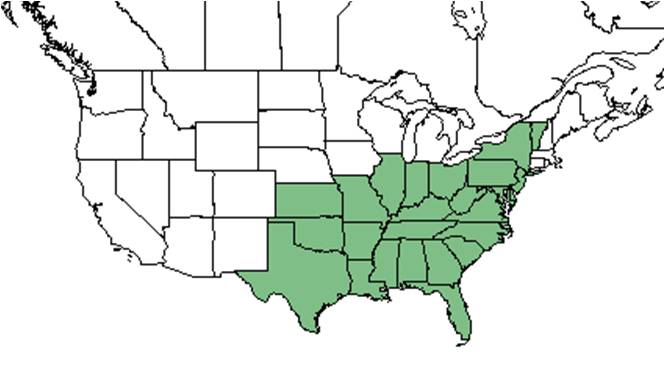Difference between revisions of "Commelina diffusa"
KatieMccoy (talk | contribs) |
KatieMccoy (talk | contribs) (→References and notes) |
||
| Line 47: | Line 47: | ||
==References and notes== | ==References and notes== | ||
Deyrup, M.A. and N.D. 2015. Database of observations of Hymenoptera visitations to flowers of plants on Archbold Biological Station, Florida, USA. | Deyrup, M.A. and N.D. 2015. Database of observations of Hymenoptera visitations to flowers of plants on Archbold Biological Station, Florida, USA. | ||
| + | |||
| + | Florida State University Robert K. Godfrey Herbarium database. URL: [http://herbarium.bio.fsu.edu http://herbarium.bio.fsu.edu]. Last accessed: Collectors: States and Counties: Compiled by Tall Timbers Research Station and Land Conservancy. | ||
Revision as of 12:46, 2 November 2015
| Commelina diffusa | |
|---|---|

| |
| Scientific classification | |
| Kingdom: | Plantae |
| Division: | Magnoliophyta - Flowering plants |
| Class: | Liliopsida – Monocotyledons |
| Order: | Commelinales |
| Family: | Commelinaceae |
| Genus: | Commelina |
| Species: | C. diffusa |
| Binomial name | |
| Commelina diffusa Burm. f. | |

| |
| Natural range of Commelina diffusa from USDA NRCS Plants Database. | |
Common name: climbing dayflower
Contents
Taxonomic notes
Description
A description of Commelina diffusa is provided in The Flora of North America
Distribution
Ecology
Habitat
C. diffusa can be found at loamy lake shores; sandy loam of floodplains; seasonally flooded cypress domes; annually burned pine savannas; loamy sand in mesic flatwoods; wet margins of wax myrtle thickets; and pine-oak-beech-magnolia forests (FSU Herbarium). It has occurred in disturbed areas such as the banks of artificially filled lakes, lawns, roadsides, orange tree groves, unpaved parking lots, levees and ditches. It has been observed growing in loamy sand, sandy loam, oyster shell soil, and alluvial soils (FSU Herbarium). Associated species include Alternanthera, Polygonum, Carex, Hypoxis curtissii, Paspalum, Panicum, Alternanthera, Ludwigia, Murdannia, and Hydrolea (FSU Herbarium).
Phenology
It has been recorded flowering April through October and fruiting April through September (FSU Herbarium).
Seed dispersal
Seed bank and germination
Fire ecology
Pollination
The following Hymenoptera families and species were observed visiting flowers of Commelina diffusa at Archbold Biological Station (Deyrup 2015):
Halictidae: Agapostemon splendens, Augochlorella gratiosa, Lasioglossum pectoralis
Use by animals
Diseases and parasites
Conservation and Management
Cultivation and restoration
Photo Gallery
References and notes
Deyrup, M.A. and N.D. 2015. Database of observations of Hymenoptera visitations to flowers of plants on Archbold Biological Station, Florida, USA.
Florida State University Robert K. Godfrey Herbarium database. URL: http://herbarium.bio.fsu.edu. Last accessed: Collectors: States and Counties: Compiled by Tall Timbers Research Station and Land Conservancy.